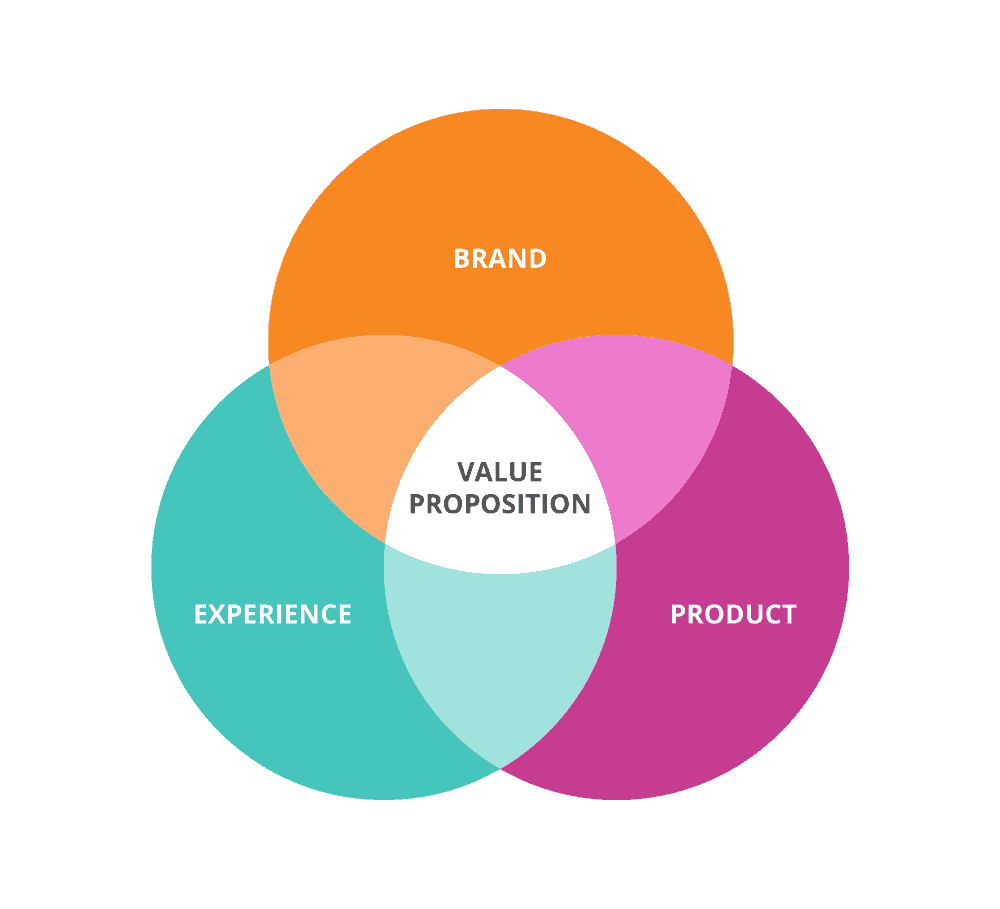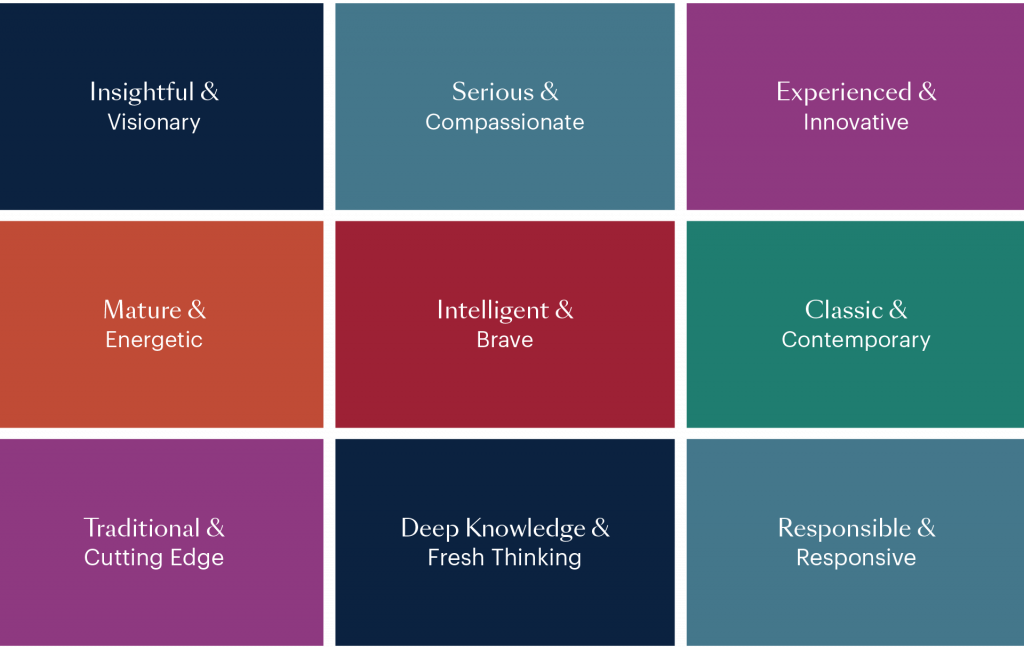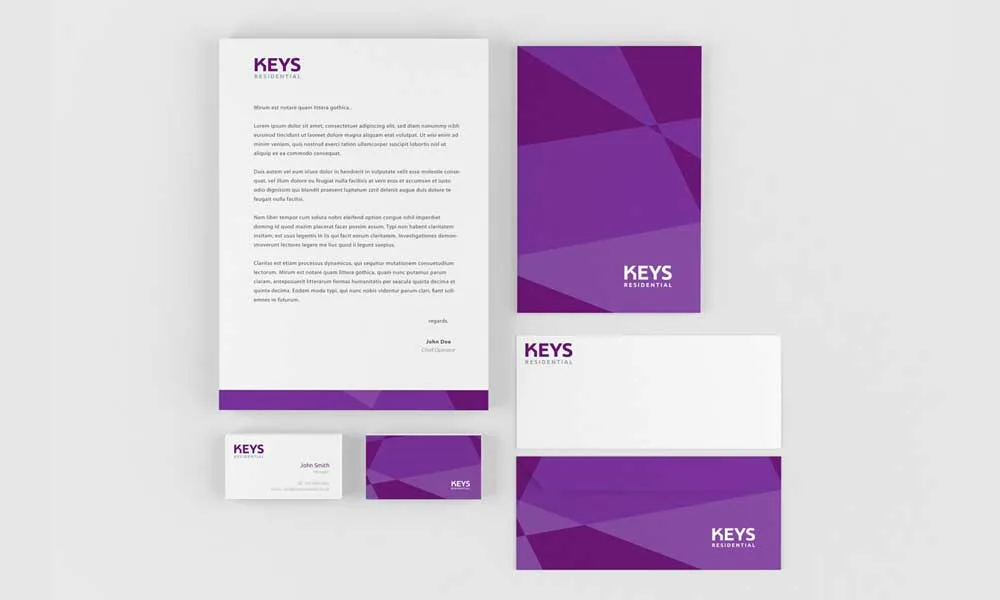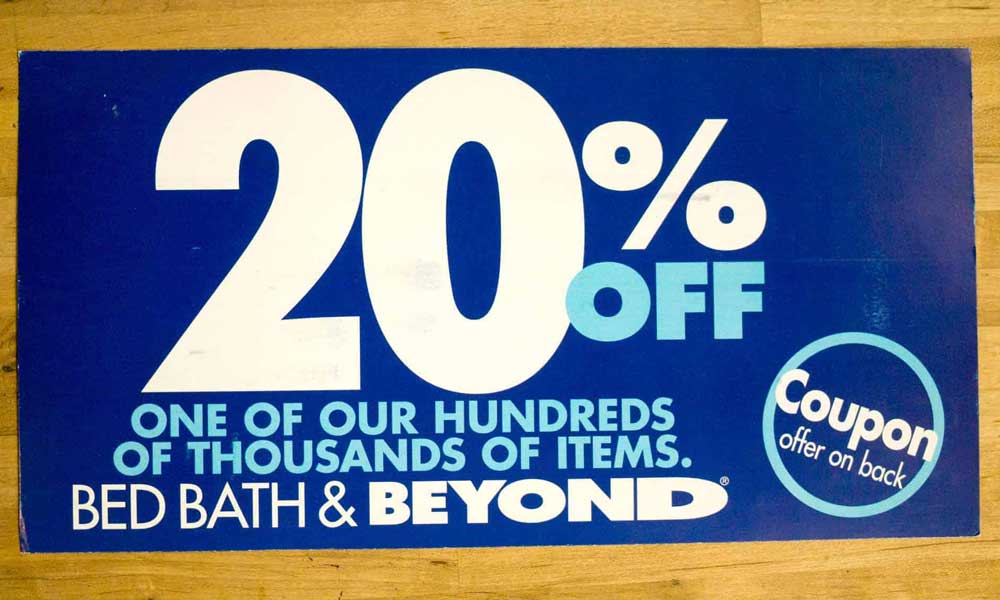How to Do Startup Branding the Right Way
Startup branding is a tricky topic for most entrepreneurs. You can read tons of books and watch videos on the subject. You can even go to a startup accelerator or pitch at a startup conference to get feedback. But the truth is that no matter what you do, the results will vary depending on how you approach it.
What is startup branding? This is a question that many entrepreneurs have struggled with. Many startup businesses end up having a confusing identity. It's often hard to tell what your business stands for because many startups don't have much in the way of a brand. To create a startup brand, you must take a step back and consider your company. Is your business helping people? Does your business help people? Are you doing the right thing? Startups are often misunderstood businesses that are trying to get attention in the market.
A startup is not a “business” by definition. It's a “company” or “organisation” that is based on a “mission statement.” The mission statement is the one-sentence used to explain your business in a straightforward statement. Keep this in mind as you're thinking about startup branding. It's not enough to have a good product. It would be best if you also thought about your startup's branding.
Startups are notoriously short on time and money, so there's no room for amateur mistakes. Here's what to expect when doing startup branding and why.
Table of Contents
Find out what makes your brand special

Branding is a term used in business to represent a company's identity or corporate image. This can refer to a logo design, colour scheme, tone of voice and style of communication. In business, you're the face of your company, so it makes sense to be the one to decide what your brand looks like. Startups are no different.
They often face the same problems as large businesses, such as finding a unique brand identity and ensuring their brand is consistent across marketing channels.
Startup branding is no easy task, but there are ways to make it easier. In this article, we'll look at how to find out what makes your startup's brand special, what makes it memorable and how to promote it on social media.
Why does your startup need a brand?
Your brand is your startup's personality. It's your company's voice and the way people will remember you. The best way to create a brand is to think about your company's vision, mission and values. These things will help you define your brand. When thinking about what makes your startup special, ask yourself these questions:
- What problem does your startup solve?
- What makes your startup different from others in the market?
- Whom are you targeting?
- What makes your startup unique, and why should people use it?
- What will people love about your startup?
- How will you position your startup in the market?
- What does your startup stand for?
Your startup needs a brand because it's a brand. Your brand is the face of your company and helps you communicate with customers and investors. A strong brand will also help you attract investors and customers.
You might think your startup doesn't need a brand, but it does. It might seem like a small step, but having a solid brand will help you connect with your audience and build relationships. A strong brand will also help you stand out in the crowd. Your brand is the first thing people notice about your startup, so make it the best it can be.
Finding out what makes your startup special is difficult, but it's well worth the effort. You can create a brand brief, look at your company's history, and do user research.
Creating a brand brief
First, you need to create a brand brief. The brand brief will summarise everything you need to know about your startup's brand. This will include:
- Brand name
- Mission statement
- Core values
- Vision statement
- Your company's positioning
- What your startup stands for
- How your startup will differentiate itself from its competitors
The brief should include everything you need to know about your startup's brand, so make sure you put everything in it.
Figure out your unique value proposition

How to figure out your unique value proposition is a question that comes to most business owners' minds at some point or the other. A value proposition is a reason why people should buy from you.
It is the core value that makes you different from your competitors. And the best part is, you do not even have to ask your customers what their problem is and how you can solve it. All you have to do is, take a look at your competitors. How they make money and what they sell.
After this, you'll know precisely what is missing in the market and what you can add to your product/service to make it stand out from your competition. Here is how you can figure out your unique value proposition.
Step 1: Make a list of all the things that your competitors are doing right
What are the things that your competitors are doing right? What are the things that they're selling that you are not? List them down. It's vital to note down everything your competitors are doing right. Do you see any significant differences between your competitors? Maybe you can copy their idea.
Step 2: Make a list of the things that your competitors are doing wrong
Now, make a list of the things that your competitors are doing wrong. Note them down. What are the things that they're not doing? What are the things that you can add to your product/service to make it better? List them down.
Step 3: Think of how you can differentiate yourself from your competitors
After making a list of all the things that your competitors are doing right and wrong, think of how you can differentiate yourself from your competitors. Think about the things that you're doing right and the things that you're doing wrong. Are there any things you can do that your competitors are not doing? If yes, then you'll need to copy their idea. If not, then you'll need to think of something that you can do that your competitors are not doing.
The purpose of a value proposition is to make your customers fall in love with you. It should be unique, compelling and relevant. It's a way for you to differentiate your company from the others in the market. You don't need to ask your customers what they need because you can easily find out from your competitors. Here, we have shown you a simple way to determine your unique value proposition.
Set yourself apart from the crowd

Branding is about being seen, heard and understood by potential clients, customers and partners. It's a marketing strategy to build your brand reputation. You should always choose your logo, tagline, and colour scheme carefully.
As a startup, a lot goes into the branding process. But it's essential to ensure that your startup brand is consistent across all media platforms and platforms.
Branding is about being seen, heard and understood by potential clients, customers and partners. It's a marketing strategy to build your brand reputation.
Here are five tips for choosing your startup branding.
1: Find out what your customer wants
The most important part of starting a business is determining your target audience. The more specific you are, the better your chance of building a successful business.
Startups usually lack experience, so you should start with a simple goal. Ask yourself: What does my potential client want? Whom am I targeting? And why should they care?
2: Use a brand name that makes sense
Your brand name should always be short, simple and memorable. If you want to ensure that you can't confuse your brand with other companies, pick something that won't easily be mistaken for another company. Brands that are too long and complicated usually get lost in a sea of other brands.
3: Choose colours and fonts that represent your business
While the font can change depending on the context of the brand, colours can often stay constant throughout a website.
The easiest way to ensure that the colours you choose stand out is to use a colour palette that's easy to read. For example, if you want to create a brand for a startup that works in IT, you should use a light blue background with white text.
The same goes for choosing a colour scheme. If you don't like your current theme, try changing the colours of the background. Or, if you want to keep the current theme but change the website's colours, use a new colour palette.
4: Keep it simple
While you can have a complex website, the best brands usually stay simple and clean.
A startup usually only has one product or service, so the design shouldn't feel overwhelming. A good design will have an unobtrusive background, minimal text, and straightforward navigation.
5: Avoid generic brand names
As mentioned above, a startup's brand should be short, simple and memorable. One thing that makes a brand memorable is its name. Generic names are usually challenging to remember and make your brand seem unoriginal.
Don't be afraid to ask for suggestions, either. You can start with an online community forum or ask a friend for ideas.
Set the right expectations for your brand

The startup world is constantly changing and evolving. One can only imagine the number of new startups cropping up each year. This means that many startup companies are trying to get the attention of investors, customers, and business partners.
This leads to a significant problem; many startups are branding themselves incorrectly. Some companies focus too much on design while others neglect it altogether. This means that they end up presenting themselves in an unprofessional manner.
When starting a new business, you need to understand what image you want to portray. It doesn't matter if you're selling shoes or something else; the same rules should apply.
This article will discuss how you can create the right expectations for your startup branding. We'll look at the different factors to consider, and we'll also provide some ideas that you can use.
A great way to create the right expectations for your brand is to think about the image that you want to portray. This is the first step in your branding strategy. Your startup branding should convey your company's mission and vision. It should be easy to remember, and it should inspire people.
Here are some things that you should keep in mind:
- Your startup branding needs to be simple, elegant, and professional.
- Your startup branding should include a strong visual identity.
- Your startup branding should reflect the essence of your business.
- Your startup branding should be memorable.
We'll now discuss some ways that you can create a simple yet powerful startup branding.
Keep it simple
Don't try to get fancy. It will overwhelm the audience if you have too much information on your startup branding. It's best to keep it simple. Don't try to make it complicated if you're just starting. Don't make it look like your startup is trying to impress.
Make it clear
Your startup branding should make it clear what you're all about. It should communicate your mission and vision shortly and concisely.
Make it unique
Your startup branding should be unique. People should be able to identify it quickly. To do this, you need to use your startup logo to create a visual identity.
Use the right colours
Startup brands often go for colours that are too bright and intense. These colours may be a bit over the top. They don't convey the message that you want to convey. Instead, you need to use muted colours that are pleasing to the eyes. It would help if you also considered the colour temperature. Cool colours such as blue, green, and grey work well.
Start defining your brand language

What is brand language? A brand language is a collection of words that describe your brand in a consistent way across different marketing channels. If you think about it, each of your marketing channels is just another word channel. Each channel has its unique vocabulary. Building a strong brand identity is critical to developing a consistent and compelling brand language.
As you craft your brand language, you must think about how to communicate your business's core attributes consistently. Your brand language should be clear and easy to understand so that everyone in your organisation can easily recognise and convey your brand message.
We've provided some tips to help you develop a strong brand language.
1: Define the audience
Who is your audience? Start by defining your target audience. This could be a demographic, a profession, or a specific geographical area. Once you know whom you are targeting will make it much easier for you to create your brand language. For example, if your target audience is millennials, you can craft a brand language emphasising a hip, fun, youthful appeal.
2: Define your company culture
What are the core values and beliefs of your organisation? Are they aligned with your brand? Do your employees share the same beliefs? Is there a specific language that represents your company culture?
In addition to being consistent across your marketing materials, your brand language should reflect the values and beliefs central to your company. When developing a brand language, it's vital to ensure that it reflects your company culture. This will help you create a cohesive brand identity for your business.
3: Create a consistent brand message
Now that you've defined your brand identity, you need to make sure that you create a consistent brand message across all your marketing channels. The message should be so consistent that even your customer service agents can communicate it similarly.
A consistent brand message creates a consistent tone across all your marketing channels. In other words, you shouldn't create different messages for different channels. Creating a single, coherent brand message will be much easier if you keep things simple and don't add too many details to your brand messaging.
4: Make sure that your brand language is consistent
Make sure that your brand language is consistent throughout your entire marketing communications. Your brand language must be consistent if you use several marketing channels, such as email, direct mail, social media, etc. Your brand language needs to be present in every place where your customers interact with you.
5: Ensure that your brand language is memorable
Your brand language must be memorable. You want your customers to remember your brand, and you want them to be able to tell others about your brand.
If your brand is well-defined, you can generate memorable brand language. When creating brand identity, it's about taking a holistic approach to creating a complete brand identity distinct from any other company.
Choose a visual identity that works for you

As a business owner, you are always looking for ways to increase sales, build brand awareness, and grow your business. You want your brand to reflect your company's personality and values.
Visual Identity – What does it mean?
Visual identity is the brand name of your business, your brand. In other words, it is the overall image you want to portray to the world.
Branding is the process of designing your own visual identity. In other words, you can design your logo, brand colours, fonts, typefaces, letterhead, stationery, business cards, and even signage.
Let's see how to create a visual identity that works for you for startup branding.
Choose your Branding Style
When you first start, you will be faced with many options. You should choose one style you feel comfortable with and stick to it.
The right branding style will help you build your business creatively and uniquely. It helps you establish yourself as an expert in your niche.
When you think of a particular style, you will come across a bunch of examples and inspiration that you can use for your startup branding.
Some of the most common types of brand styles are:
- Corporate: If you run a business with its roots in corporate, you can go for corporate branding.
- Professional: If you have a business that focuses on professionalism, then you can go for professional branding.
- Creative: If you want to convey a sense of creativity, you can use creative branding.
- Personalised: If you are in a creative field, you can use personalised branding.
- Unique: If you want to stand out in the crowd, you can go for unique branding.
- Classic: If you want to convey a sense of classicism, you can go for classic branding.
Choose Your Colours
You can also choose a colour palette you feel comfortable using for your startup branding. When selecting your brand colours, you should consider your target audience.
You can pick the colours based on your target audience. For instance, if you want to focus on a younger audience, you can choose bright, energetic colours. On the other hand, if you want to attract a broader audience, you can opt for more subdued shades.
Now, you can either use a colour scheme that is consistent throughout your branding, or you can mix and match colours.
For instance, you can start with a base colour and then add a gradient. This way, you can make adjustments to your branding over time.
When you select your colours, you can come up with many ideas.
Create a website that reflects your brand

A website is a vital tool to showcase your business to potential customers. Your website should reflect your brand identity and business values. But creating a website is not easy. It requires proper planning and preparation.
When designing a website for your business, consider your target audience. Who are they? What are their needs? Are there any special requirements? Are they familiar with similar products?
Then, you need to think about the kind of content you want to offer. It should be attractive to your users and appealing to them. Make sure your site has excellent usability. Make it simple, straightforward and fast. Provide helpful information that your visitors are looking for.
Before starting, you should create a plan. What will your content look like? How will it be organised? Will your site provide one or many services? Do you want to sell products, promote your company or educate others?
Consider your target audience, their needs, budget, and expected return. If you are thinking about how to make a website that will increase your sales, then you should think about selling products and providing customer support.
You should focus on marketing and branding if you have a small business. If you are launching a product, then you must have good-quality photos and videos to demonstrate your product. It would be best if you also had an FAQ section where people could get their answers.
You can use many online tools to create your website. There are many free web builders available like Wix and Weebly. They have templates and designs that are ready to use. You can just pick the design that suits you the best. You can also hire a designer to create your website.
There are many services available for creating websites. You can choose the service that matches your needs. The most popular services are Shopify, WordPress, and Squarespace. All of these services provide templates, designs, and customisations. You can also use an online tool such as SiteGround to create your website.
Website creation is a complex process. You should be patient while creating your website. Be consistent and keep working on it. If you are unhappy with your work, you can hire a professional developer to help you create a high-quality website.
Create a website that reflects your brand. Make it appealing, informative, and valuable.
Determine your goals and objectives for your brand

Branding is more than just creating a logo, colours and a slogan. Your branding strategy needs to include your vision for what you plan to achieve with your company.
You want to get your brand out, so people know who you are and what you do. But you also want to ensure they remember that brand for a long time.
This means you need to work out what your brand stands for. What message do you want to give the world? What does your brand represent? And how can you use that to build your brand.
Once you have decided on your answers to these questions, you can start thinking about how you can communicate this message effectively.
A simple way to figure out what your brand is about is to ask yourself the following questions:
- What do you want to do with your business?
- What is your vision?
- What are your values?
- Who is your target audience?
Do you want to be known as the cheapest company to buy from? Do you want to be seen as the best company to work for? Do you want to be known for being the best place to work? Do you want to be the first choice for all things marketing-related?
Once you've figured out your brand vision, you need to think about how you will communicate that message.
There are lots of ways to go about this. You can publish press releases, write articles, create infographics, make videos and even try to get adverts on TV.
All of these are different ways to share your brand. But the more you do, the more people learn about your brand.
The next step is to figure out how you will spread the word. You can do this in a variety of ways. You could have a Twitter account, a Facebook page, a LinkedIn profile and a blog.
These different social media accounts are great ways to let people know about your business. But if you're using them correctly, you can also use them to tell people about your brand.
This is a pivotal point to remember when it comes to social media. The more people talk about your brand, the better.
When considering social media for your business, you must consider how you will use it. You must consider how you will use it to help your company grow and succeed.
You also need to consider whether you want to use it for PR. This can be a very effective way to tell your customers about your brand. But it is also costly.
As well to PR, social media is also perfect for promoting your products and services. When doing this, you can let people know about the benefits of your product or the features that make it stand out from the crowd.
Start planning your first marketing campaign

There are so many things that need to be planned before you start your first marketing campaign. In this article, we'll list everything you need to do before starting a marketing campaign for your startup.
Setting goals
Your marketing strategy will be based on what you plan to accomplish. Start by planning your goals and objectives. You need to have a clear goal for every aspect of your business. These goals should be measurable and have clear, actionable steps to get there.
If you don't know how to start, here are some essential tips for you:
- Set a goal that will require one or two months of your time to reach. For example, if you want to make $10,000 a month, that's the goal. You should have something to show for that amount of time. This will make you more accountable to yourself and help you meet your goal.
- Focus on a critical metric. Once you set a goal, make sure that you focus on the right metrics. Choose essential metrics that will help you achieve your goal. For example, if you want to increase traffic, you might focus on visitors.
- Define the result. Make sure you know what you want your audience to do after they finish reading your content. They should be able to tell whether or not they're interested in what you're offering.
What you plan to communicate
Decide what you'll communicate with your audience. You may decide to communicate through emails, social media, videos, or any other method of communication. Before you start communicating, make sure you know what kind of messages you will send to your audience.
For example, you may send emails to your customers or send out promotional materials.
Targeting the audience
Before starting a marketing campaign, you need to know your target. Are you trying to target specific demographics? Or are you trying to reach everyone?
Are you going to make any offers?
Do you have a specific plan for your campaigns?
Once you know whom you're targeting and why you're reaching out to them, it's time to create your marketing strategy.
Social media posts
Choose the type of posts you're going to make. This will be based on whom you're targeting and what you're trying to achieve.
Here are some examples:
- Promotional content for your website or blog
- Social media posts
- Customer testimonials
- Email marketing
- Live Q&A
Make sure you include a call to action in each post. This will help your audience stay engaged and keep returning to your site.
Conclusion
As a startup, you compete against many other companies with more resources than you. Your only real chance to rise above the competition is to build a brand that differentiates you from the crowd and gives people a reason to remember and use your products.
A brand is much more than your logo and website; it's a set of values and beliefs you try to promote. Startups tend to be high-energy, fast-paced, and often chaotic. But if you want to succeed, you must be willing to change to adapt to that energy and chaos.
Want to build your startup brand without having to hire a big agency or spend tons of money on advertising? This is how.
